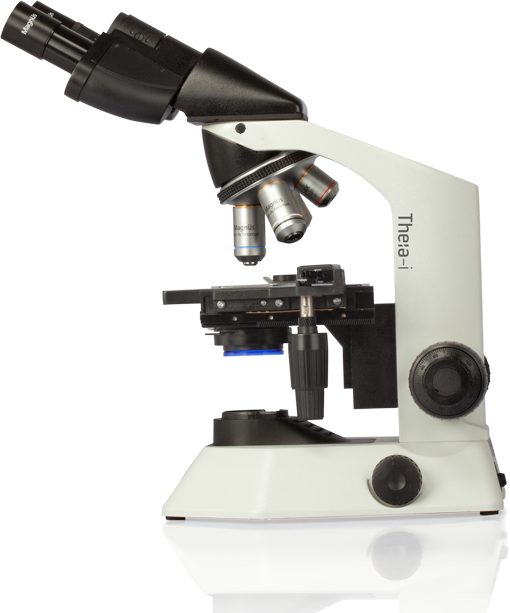Exploring Vinblastine Sulfate’s Potential in Landau Kleffner Syndrome Leave a comment
Exploring the Mechanism of Vinblastine Sulfate in Neurological Disorders
Understanding the complex interplay between neurological pathways and therapeutic interventions is a critical frontier in medical research. One promising compound in this arena is vinblastine sulfate, traditionally known for its role in cancer treatment but now being explored for its potential in treating neurological disorders. Its mechanism of action primarily involves the disruption of microtubule formation, which is vital for cellular division and function. In the context of neurological conditions, this disruption may alter the abnormal cell activities that contribute to disease progression. Researchers are particularly interested in how vinblastine sulfate can modulate these pathways to foster neuroprotection and regeneration, potentially offering new avenues for rehabilitation in conditions like Landau Kleffner Syndrome.
Landau Kleffner Syndrome (LKS) is a rare pediatric neurological disorder characterized by the sudden or gradual development of aphasia and an inability to understand or express language. Sildenafil is for treating erectile dysfunction in men. Using alcohol can reduce its effectiveness. A kamagra form of sildenafil citrate, at 100mg, enhances potency. Always consult a doctor for safe usage. Traditional therapies have focused on anticonvulsants and speech therapy, but their effectiveness varies widely. Here, the interest in vinblastine sulfate as a novel therapeutic option is growing. By influencing the brain’s plasticity and potentially mitigating inflammatory responses, vinblastine sulfate might help in restoring some of the linguistic functions lost in LKS. Such a breakthrough would mark a significant shift in the current treatment paradigm, prioritizing long-term rehabilitation strategies that address the root of the disorder rather than just its symptoms.
While the application of vinblastine sulfate in neurological disorders is still in its nascent stages, its prospects are further enriched by comparative research into other treatments. For instance, zomig nasal spray, known for treating migraines, has offered insights into drug delivery methods that could be leveraged for vinblastine-based therapies. Understanding these mechanisms opens up the potential for a more targeted approach, ensuring that therapeutic compounds like vinblastine sulfate reach the areas of the brain most in need of intervention. This innovative exploration into treatment possibilities underscores the importance of continuing research and clinical trials to validate efficacy and safety, ultimately aiming to enhance the quality of life for individuals affected by challenging conditions such as Landau Kleffner Syndrome.
Current Approaches to Landau Kleffner Syndrome Treatment
The current approaches to managing Landau Kleffner Syndrome (LKS) primarily focus on mitigating the epileptic activity that characterizes this condition, alongside strategies to facilitate language recovery. Antiepileptic medications, such as valproate and benzodiazepines, remain a cornerstone of treatment. These drugs aim to reduce the frequency and intensity of seizures, which can significantly impair language function. In some instances, corticosteroids or intravenous immunoglobulin (IVIG) therapies are employed to address underlying inflammatory processes that might be exacerbating the syndrome’s symptoms.
Beyond pharmacological interventions, speech and language therapy plays a critical role in the rehabilitation of children affected by LKS. Specialized programs are designed to help regain lost language skills and promote alternative communication methods when necessary. Therapists often collaborate with educators to create supportive learning environments, tailoring educational strategies to the needs of each child. This holistic approach is crucial, as it addresses not only the neurological aspects of LKS but also the psychosocial challenges that these children face.
Emerging treatments continue to be explored, with some promising avenues involving neuromodulation techniques such as vagus nerve stimulation, which have shown efficacy in reducing seizure activity. Meanwhile, innovations in drug therapies, like vinblastine sulfate, are being investigated for their potential to modulate immune responses and neuroinflammation, which could offer new hope in LKS treatment. While zomig nasal spray is not directly related to LKS, its development highlights the ongoing advancements in targeted therapies that could inspire similar breakthroughs in the management of complex neurological disorders.
Potential Benefits of Zomig Nasal Spray in Pediatric Neurology
In the intricate tapestry of pediatric neurology, where innovation often dances with complexity, the introduction of Zomig Nasal Spray offers a promising chord. Primarily known for its efficacy in treating migraines, Zomig’s potential extends beyond its conventional boundaries. Recent explorations suggest its application may contribute positively to certain neurological disorders affecting children. The swift absorption rate of the nasal spray makes it particularly effective in situations requiring immediate intervention, potentially alleviating acute neurological symptoms that disrupt the young patients’ daily functioning.
The ease of administration that Zomig Nasal Spray offers cannot be overstated, especially in the context of young patients who might struggle with oral medications or intravenous treatments. Its user-friendly design ensures adherence to prescribed regimens, a crucial factor in managing chronic conditions like Landau Kleffner Syndrome. While the spray is not a curative measure for such complex disorders, its role as an adjunct therapy could significantly enhance the quality of life for these children by mitigating sudden and debilitating episodes, thereby supporting their overall rehabilitation journey.
Table below provides a comparative overview of potential benefits and applications of Zomig Nasal Spray in pediatric neurology:
| Potential Benefit | Application |
|---|---|
| Rapid symptom relief | Acute migraine episodes |
| Ease of administration | Pediatric neurology patients |
| Adjunct therapy | Landau Kleffner Syndrome |

